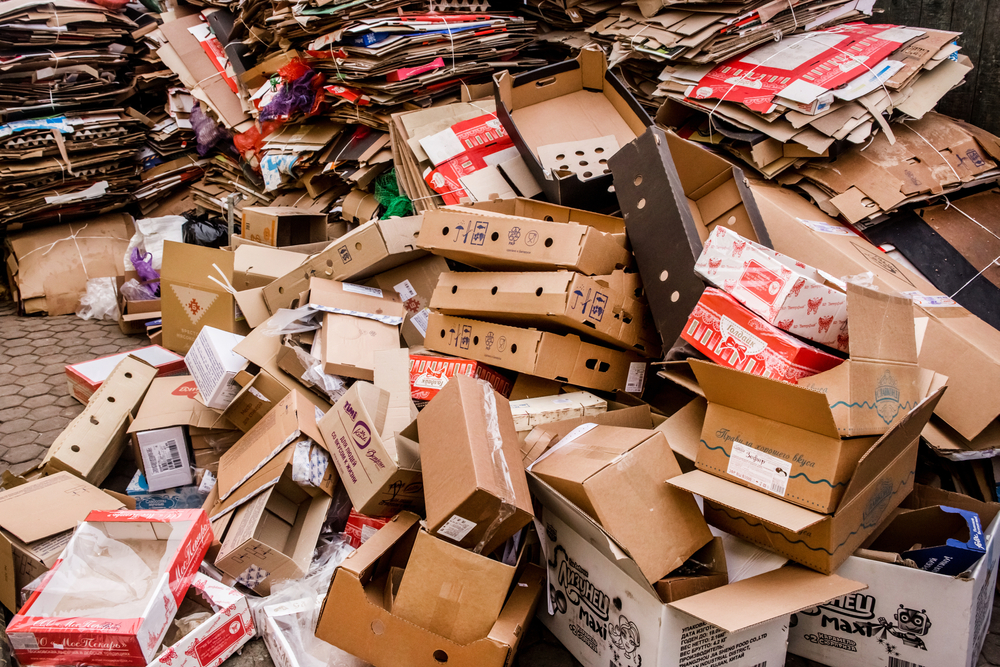A huge focus of research in scientific fields is to make things more efficient. This can mean simplifying designs, and reducing energy consumption, or it can mean doing two things at once. In the case of researchers from Rice University, they are doing two things at once in what they’re calling a “win-win” for the environment.
Their new application of potassium acetate can turn plastic waste into a carbon dioxide absorber.
Using waste to reduce industrial pollution
The team found that heating plastic with potassium acetate creates molecules with tiny, nano-molecule-size pores that actually trap carbon dioxide.
To do this, they made a powder out of plastic waste which was combined with potassium acetate and heated to 1,112 Fahrenheit for 45 minutes. This created optimal pores, about 0.7 nanometers wide. If they went for a higher temperature that would make the pores bigger. The process also makes a wax byproduct that the researchers said could be recycled into detergents or lubricants.
The team said the plastics would be aimed at reducing emissions from flue gas streams.
“Point sources of CO2 emissions like power plant exhaust stacks can be fitted with this waste-plastic-derived material to remove enormous amounts of CO2 that would normally fill the atmosphere,” said chemist James Tour. “It is a great way to have one problem, plastic waste, address another problem, CO2 emissions.”
Plastic treated with potassium acetate also traps CO2 much better than previous attempts to use plastic with other methods of chemical recycling. Previous attempts at chemical recycling, also known as pyrolyzing, produced waste, and the carbon byproduct was almost useless. Potassium acetate, though, makes common plastics effectively absorb CO2. It also makes the plastic reusable, and the whole process is less expensive.
The team estimates that this process with potassium acetate would cost about $21 per ton of carbon dioxide absorbed, while other current methods cost between $80-160 a ton, making this method a cost-and-energy-efficient means of carbon absorption and a great upcycling of plastic waste.
Source study: ACS Publications — Plastic Waste Product Captures Carbon Dioxide in Nanometer Pores | ACS Nano












